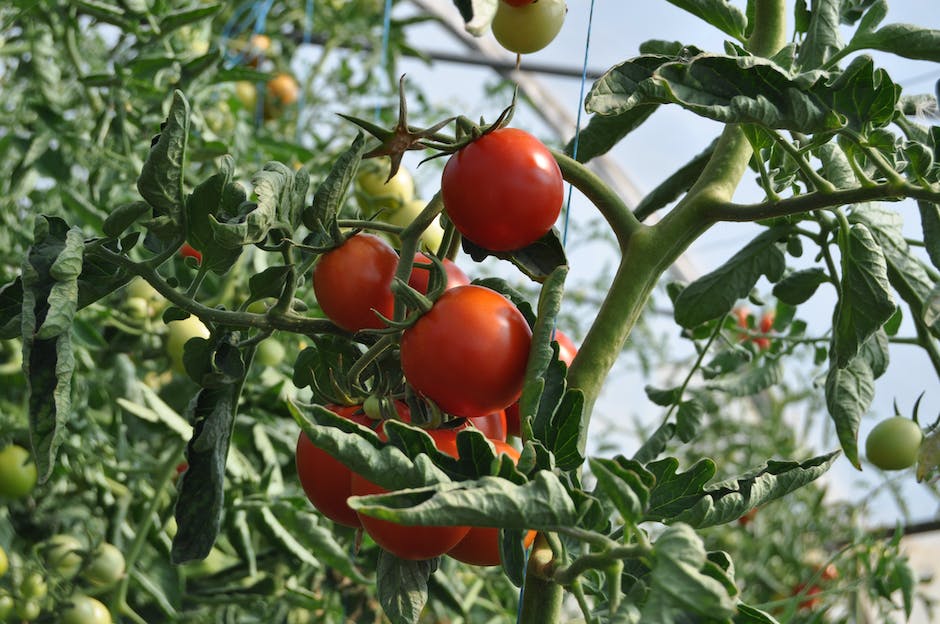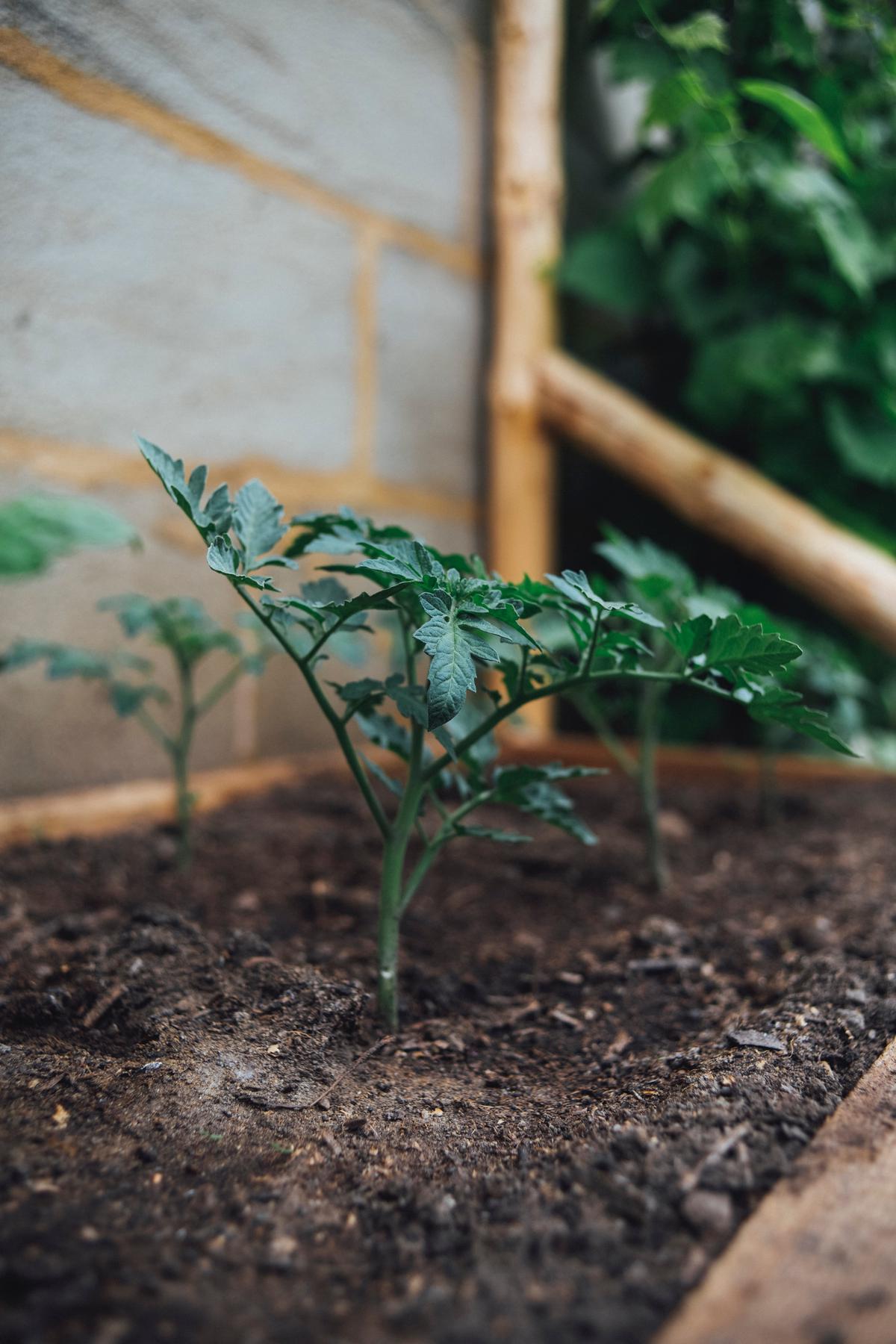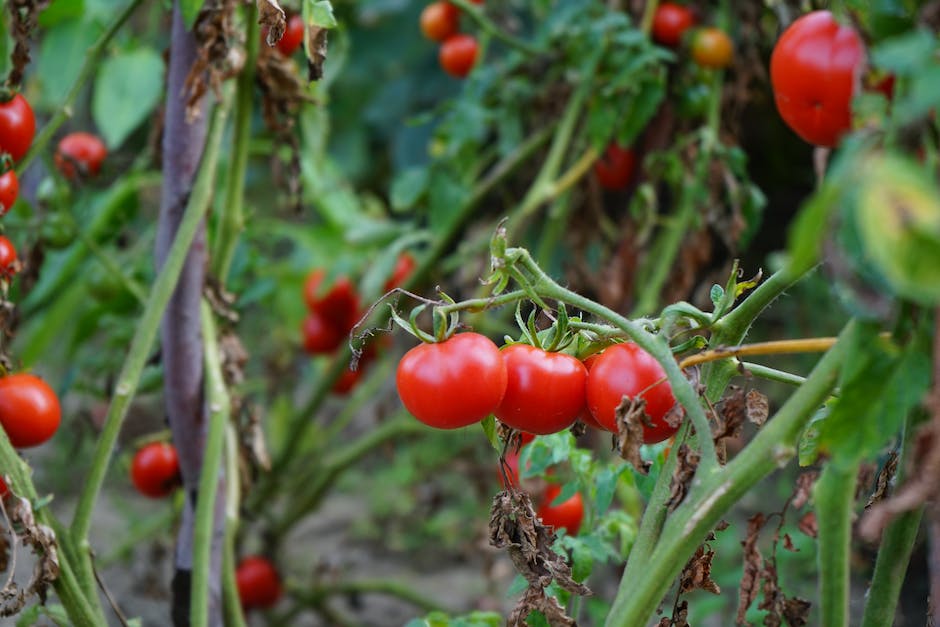The Sunlight Requirements For Thriving Tomato Plants

We often equate the sun’s golden rays with life – an essential facet of existence that invigorates every living organism on our planet. For the passionate gardener or the tomato enthusiast, understanding this intricate relationship between the sun and the tomato plant couldn’t be more valuable. From the intricacies of photosynthesis to the nuances of light intensity and exposure duration, this expansive exploration is designed to illuminate the critical role sunlight plays in cultivating robust, copious tomato plants. Whether you’re a novice to the gardening realm or a seasoned professional, the knowledge unearthed here will enable you to master the art of successful tomato growth by harnessing the power of the sun.
Understanding Sunlight and Tomatoes
Welcome, fellow green thumbs! Today’s the day we shed a little light (pun very much intended) on a topic that has sparked curiosity among many in our community – the relationship between sunlight and tomato growth. Let’s dive right in!
Tomatoes – the on-the-vine superstars! Renowned for their versatility in the culinary world, these vibrant red beauties are a staple in many home gardens. And guess what? They’re sun worshippers too! Yes, sunlight and tomato growth go hand in hand. But just how does the sun influence their growth?
To understand this correlation, let’s talk a bit about photosynthesis. Plants, as we know, flat-out love the sun. They use natural light to convert carbon dioxide and water into glucose in a majestic process known as photosynthesis. This glucose is then utilized as food. Without sunlight, photosynthesis halts, and so does the growth of the plant.
Now, let’s couple this fundamental knowledge with our favorite red fruits – tomatoes. These glorious plants are sun-hungry and require substantial amounts of sunlight to produce their luscious fruits. More sunlight means more photosynthesis, more glucose, and ultimately heftier tomatoes!
Experts recommend at least 6-8 hours of full sun exposure for tomatoes to optimally perform their photosynthetic duties. Some avid tomato growers even argue that up to 10 hours of sunlight each day can aid in producing more substantial, sweeter fruits.
But, what happens if tomatoes get less sunlight? Can they still grow? The answer is yes, but with some mal-effects. Tomato plants can tolerate reduced sunlight exposure, but their yield may decrease, and the fruits can be smaller and not as sweet.
Moreover, a lack of sufficient sunlight can lead to leggy plants – a term used to describe tomato plants with elongated stems and fewer leaves. These plants often struggle to support their fruits, leading to potentially significant crop losses.
On another note, let’s not disregard the heat element, often accompanying sunlight. While tomatoes love the sun, intense heat can cause havoc. Temperatures rising above 95°F (35°C) can hinder tomato flower pollination leading to lesser fruits. So, it’s vital to consider the heat factor in warmer climates.
So, fellow gardeners, in the vibrant world of tomato growth, sunlight plays the lead role. It’s the rhythm to their salsa, the power behind their growth, and the secret behind their succulent taste. Are your tomatoes soaking up enough sun? The next time you step into your garden, remember to pay special attention to how much light your tomatoes are receiving. With the right amount of sunlight, you’ll be well on your way to growing bigger, sweeter, and juicier tomatoes. Happy gardening!

Identifying the Right Sunlight Levels for Tomato Plants
Fueling Your Tomato Plants: Understanding the Role of Sunlight
We’ve danced around the edges, discussing the mechanics of photosynthesis, the cardinal role sunlight plays in fostering the growth of tomato plants, and the repercussions of depriving our garden favorites of their essential nourishment. Now, let’s delve deeper into the kaleidoscope of this intriguing topic – the relationship between tomato plants and sunlight.
As we’ve set as a foundation, tomato plants demand at least six to eight hours of direct, unbroken sunlight every single day. However, it’s crucial to understand, it’s not just about hitting these magic numbers. The timing and intensity of this light exposure significantly influence a tomato plant’s green thumb narrative.
Consider the analogy of a well-balanced diet for a human; we need the right types of nutrition at the right times. Similarly, Solar noon, the time when the sun is at its highest point in the sky, offers the most beneficial light quality for tomato plants, enhancing photosynthesis and consequently, energy production.
While deprivation of sunlight can lead to lanky, underdeveloped leggy plants, on the other side of the spectrum, overwhelming them with excessive heat is no less detrimental. When temperatures soar above 85°F, tomato flower pollination can be compromised, posing a tangible threat to yield size and quality. It’s a balancing act, keeping tomato plants in a Goldilocks-zone of sunlight and heat exposure.
If there’s one more facet that needs particular emphasis, it’s the understanding that tomatoes have a rather characterful relationship with sunlight. Unlike some other plant types, variations in sunlight intensity have noteworthy effects on tomato fruits and flavor profiles.
Studies reveal that tomatoes subjected to intense sunlight often cultivate a deeper, more vibrant color, denser texture, and an enriched flavor profile. That’s the secret ingredient in your garden-fresh salad – sunlight, in the right proportion. However, while trying to pique flavor profiles with sunlight, be mindful about overexposure that could predispose the plants to conditions as unlovely as sunscalding – a sunburn of sorts in tomatoes!
Honing the art of quantitative and qualitative sunlight management for tomatoes is hands-on science, combined with a dash of reflex instincts that develop over time. Have no fear, it will come naturally over successive growing seasons. Each tomato variety may have slightly different sunlight requirements; therefore, understanding your chosen variety is an essential thread in the larger gardening tapestry.
As hobbyist gardeners, embarking on this journey with a trove of knowledge about the sunlight needs of our tomato crops, observing and responding to their light-related needs becomes an expressive dance between nature and the grower. When we intentionally engage in this dance, understanding the subtleties and cues, the result is inevitably a tomato harvest that is not just bountiful, but also beautiful and downright delicious.

Photo by markusspiske on Unsplash
Maintaining Optimal Sunlight Exposure
Unlocking the Growth Potential: Sunlight Strategies for Your Tomato Plants
Tomatoes can be a central gem of any home garden, their radiant colors promising the taste of summer with every plump fruit. Having already established the crucial need for sufficient sunlight for these sun-loving plants, the complexities of their development, and the consequences of sub-optimal light conditions, it’s time to explore how to ensure your tomato plants bask in the right amount of light for optimal growth.
Tuning into the Daily Light Integral (DLI)
A lesser-known concept but a vital one, DLI represents the number of photosynthetically active photons incident on a unit ground area during daylight hours. Consider it as your plant’s daily light breakfast, lunch, and dinner. Tomato plants have a high DLI requirement, usually around 22-25 mol/m²/day. Investing in a light meter to measure DLI can be a valuable asset in your gardening toolkit.
Clever Use of Garden Structures
When looking at the space you have, consider using trellises or stakes to alter the plants’ exposure levels. Trellises can provide gentle shade to help prevent harmful effects of peak summer heat, and stakes can be used to ensure plants maintain an upright position for maximum sunlight absorption. Similarly, circular cages can be instrumental in evening out exposure for every branch and every leaf.
Row Orientation – A Simple Yet Effective Tactic
For growers who have multiple rows of tomato plants, orient the rows from north to south. This orientation allows the moving sun to shower an equal amount of sunlight on each row, optimizing exposure without causing one row to overshadow another.
Harnessing the Power of Reflection
Making use of reflective mulches such as silver plastic or aluminum foil can be extremely beneficial, especially in the early stages of growth. This way, sunlight is reflected onto the lower parts of the plant, thus enhancing photosynthesis and accelerating growth.
Fine-tuning Your Pruning Process
Strategic pruning is another effective way to let the sunlight infiltrate further into the plant. Removing unnecessary leaves and non-productive branches will not only cut down on risks of pest infestation or disease but also enhance the light distribution throughout the plant.
Choosing the Right Cultivar
Last but not least, remember that different tomato varieties have different sunlight requirements. Some, like the cherry tomatoes, can do well in lesser light, while beefsteak tomatoes need lots of sun. Knowing your tomato variety can guide you in creating a sunlight strategy for your garden uniquely.
Gardening is an art and a science. Although one might be armed with a wealth of technical knowledge, it’s the keen observation skills, coupled with a sensitive response to tomato plants’ needs, that really brings out the dramatic, delicious fruits of labor. It’s beyond just the delight of nurturing a plant; it’s the joy of co-creating with nature, a symphony of sunlight, soil, and seed, culminating in splendid red tomatoes, ready to burst with flavor and vitality. Happy gardening!

From the power of direct sunlight to the subtleties of its exposure, we’ve delved deeply into the world of tomatoes and light. Wherever you choose to plant your tomatoes – a sunny balcony, a small kitchen garden, or a sprawling backyard, the art of harnessing adequate sunlight and optimizing it for your plants’ growth remains integral. Remember to balance the intensity and duration of exposure, adjusting accordingly to the dynamic influences of climate and seasons. Gardening is as much a science as it is an art. It’s a beautiful dance with the natural world where understanding the vital role sun plays in your tomato garden brings you one step closer to a bountiful harvest.



